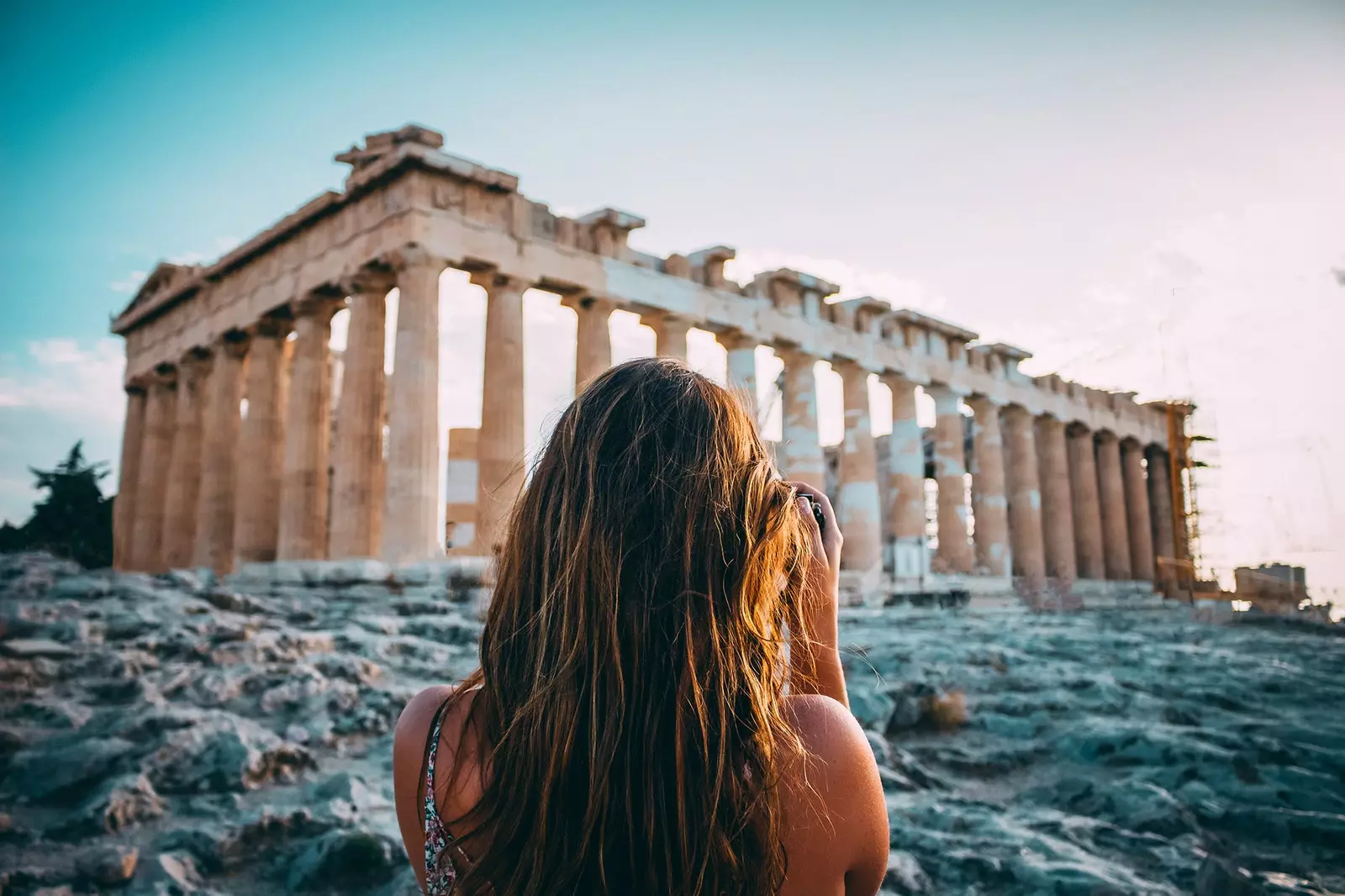
A journey back in time through the Acropolis of Athens
The jewel of Athens , the hostess of the most emblematic monument of Greece and the key element to better understand the history of the Hellenic capital. We do not include it in our 48 hours. The Acropolis deserved a separate chapter.
Visiting Athens for the first time and not going up to the Acropolis is like traveling to Paris and not going to see the Eiffel Tower . And it is not something you have to do because you are a tourist, it is simply an appointment that is really worthwhile and that will help you a lot to locate yourself in the Greek capital.
First of all, the word acropolis it means upper town and it is not exclusive to Athens, but was very common in ancient Greek cities. built on terrain elevations with defensive intent , these walled enclosures also served to locate public buildings and places of worship.
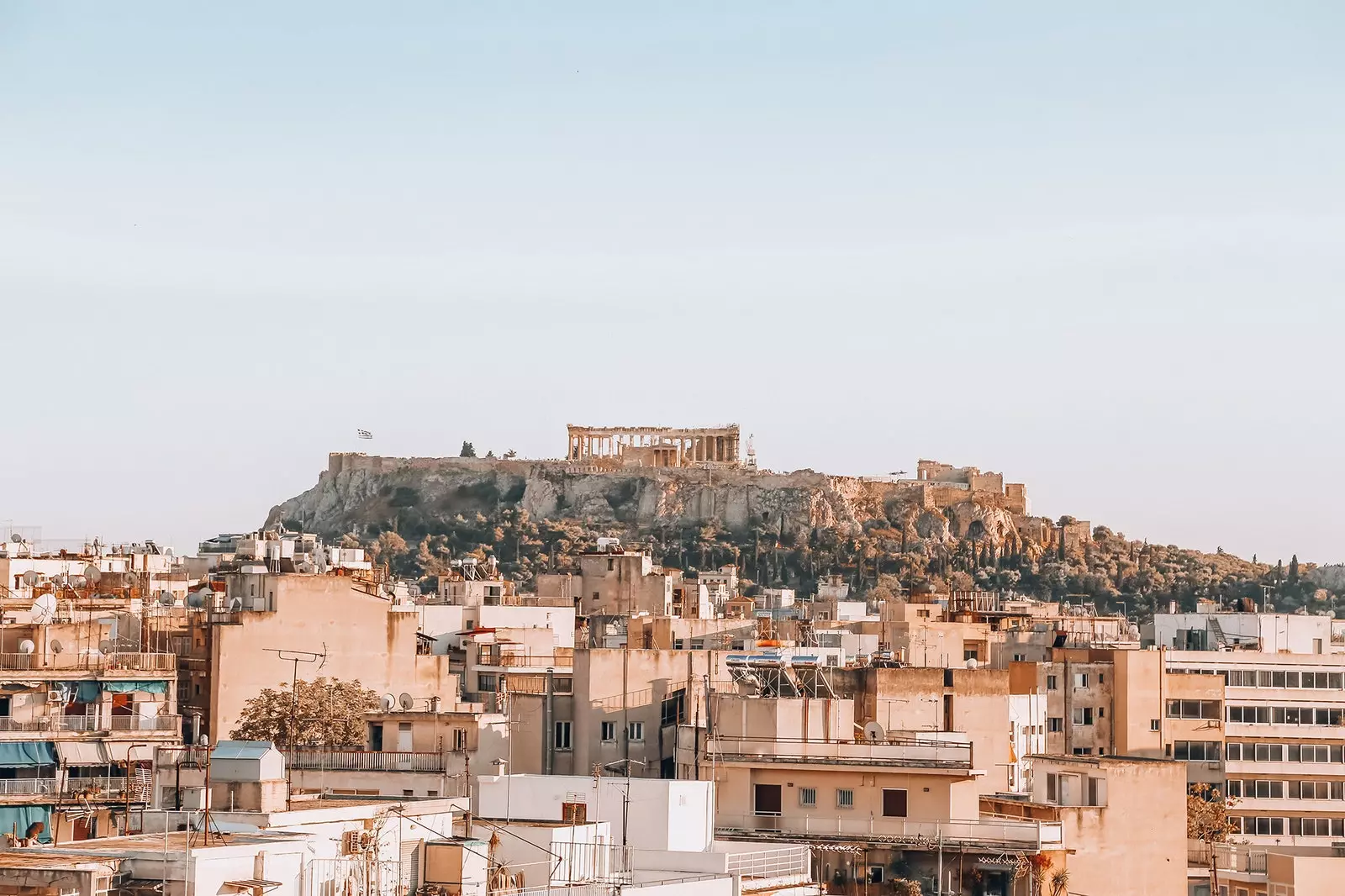
The skyline of Athens with the Acropolis in the background
That is precisely what we find once inside the Acropolis of Athens : a series of temples of different sizes and functions and of incalculable cultural value, even more so considering the great number of centuries they have been standing. The most famous, of course, is the Parthenon.
From below, the Acropolis, inhabited since at least the late Neolithic period, seems impregnable . The place was fortified for the first time in the middle of the 13th century BC . with walls so imposing that later generations they thought they were the work of cyclops.
Outside the Acropolis, on its slopes, you can see the Odeon of Herodes Atticus and the Theater of Dionysus , which are inside the tourist perimeter that encompasses everything, for which you must pay 20 euros, 10 if you go between November and March , To access.
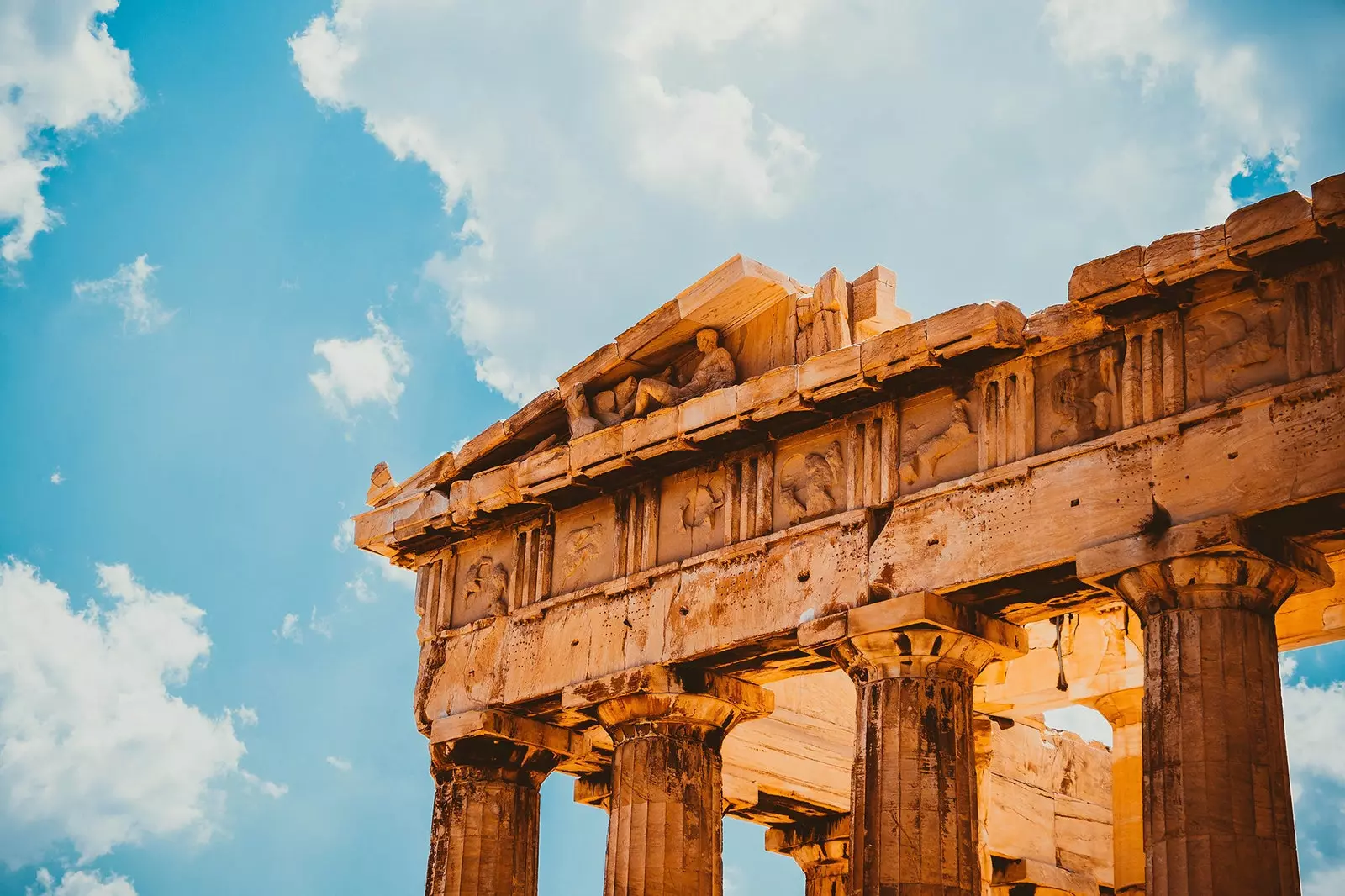
The great work of the Acropolis: the magnanimous Parthenon
THE PARTHENON OF ATHENS
surely the greece icon , the main tourist attraction of this fascinating Mediterranean country. If you think about it carefully, it is not a particularly unique monument - similar temples had already been erected at the time - but there is no doubt that it is intriguing and grand , even with the scaffolding that covers him to heal his scars.
The Parthenon is a temple consecrated to the goddess Athena Parthenos , the patron deity of the city since she prevailed over Poseidon in the myth that we tell you in 48 hours. The building was built between the years 447 BC and 432 BC. commissioned by Pericles , who, without disguising ourselves too much as history professors, was a brilliant politician and general who, among other achievements, embellished the city during its golden period. The leader wanted to build this temple to thank the gods for the greek victory in the second medical war (480-478 BC) against the Persians . Yes, the same war in which they participated Leonidas and the 300 Spartans in the famous battle of thermopylae.
The Parthenon, with eight columns on its front sides and seventeen on the sides, was not built from scratch in the 5th century BC, but took advantage of the structure of the so-called pre-Parthenon , a temple that was never finished and that it was damaged by the Persians in 480 BC.
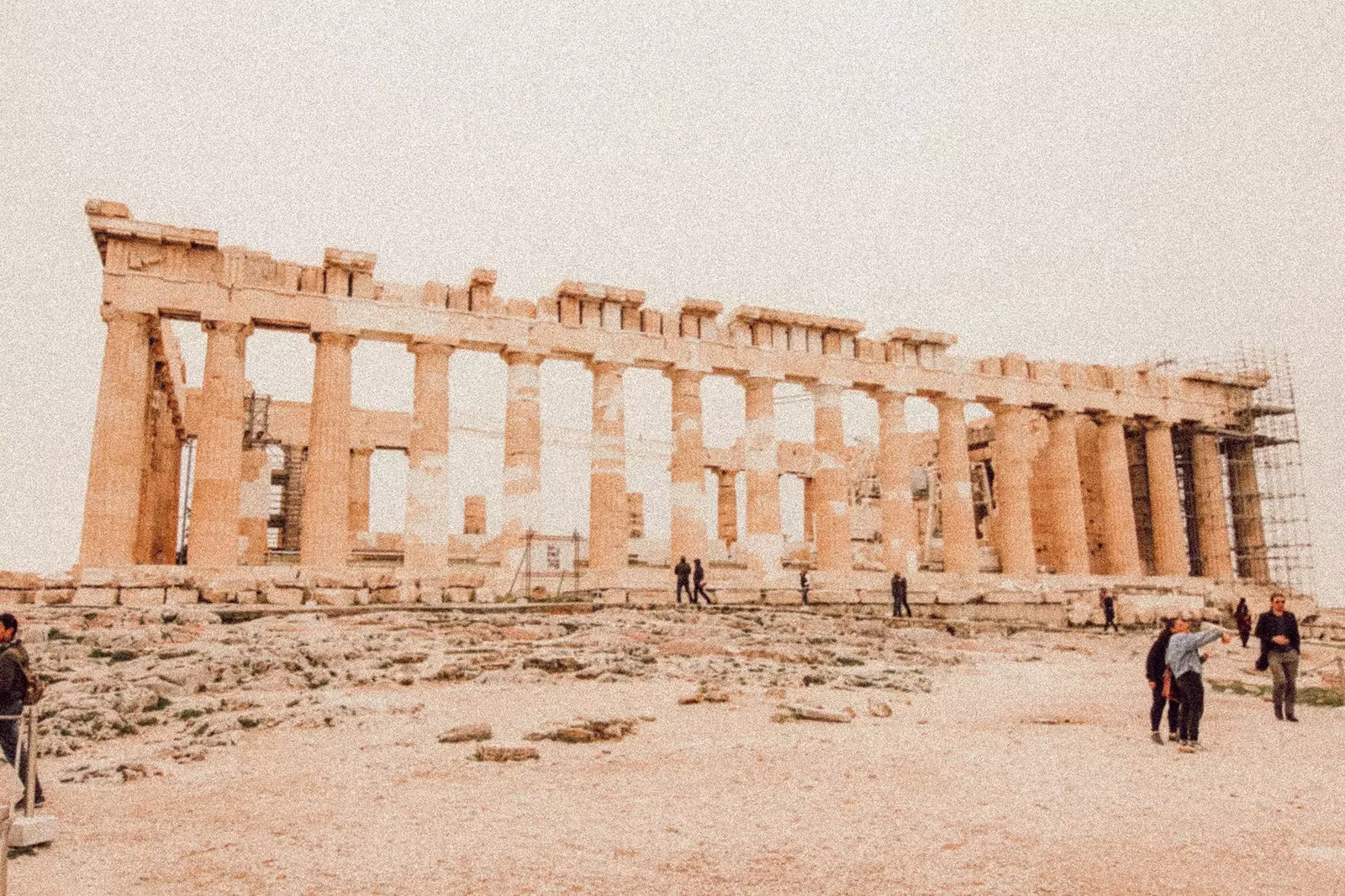
The Parthenon, covered in scaffolding, does not lose its magnificence
The temple has rectangular shape and is Doric style and, although it remains deservingly standing, we can no longer contemplate the roof, the interior walls -which kept a Athena statue in gold and ivory - or many sculptures and decorative elements, a large part of them exhibited in the British Museum, known as Elgin Marbles being acquired by the British thomas bruce , Earl of Elgin, in the early years of the 19th century.
Probably once you finish examining the Parthenon you will be assailed for the first time by a very common feeling when you are in the Acropolis, a feeling of anger at not being able to see the temple and the rest of the upper city at its peak.
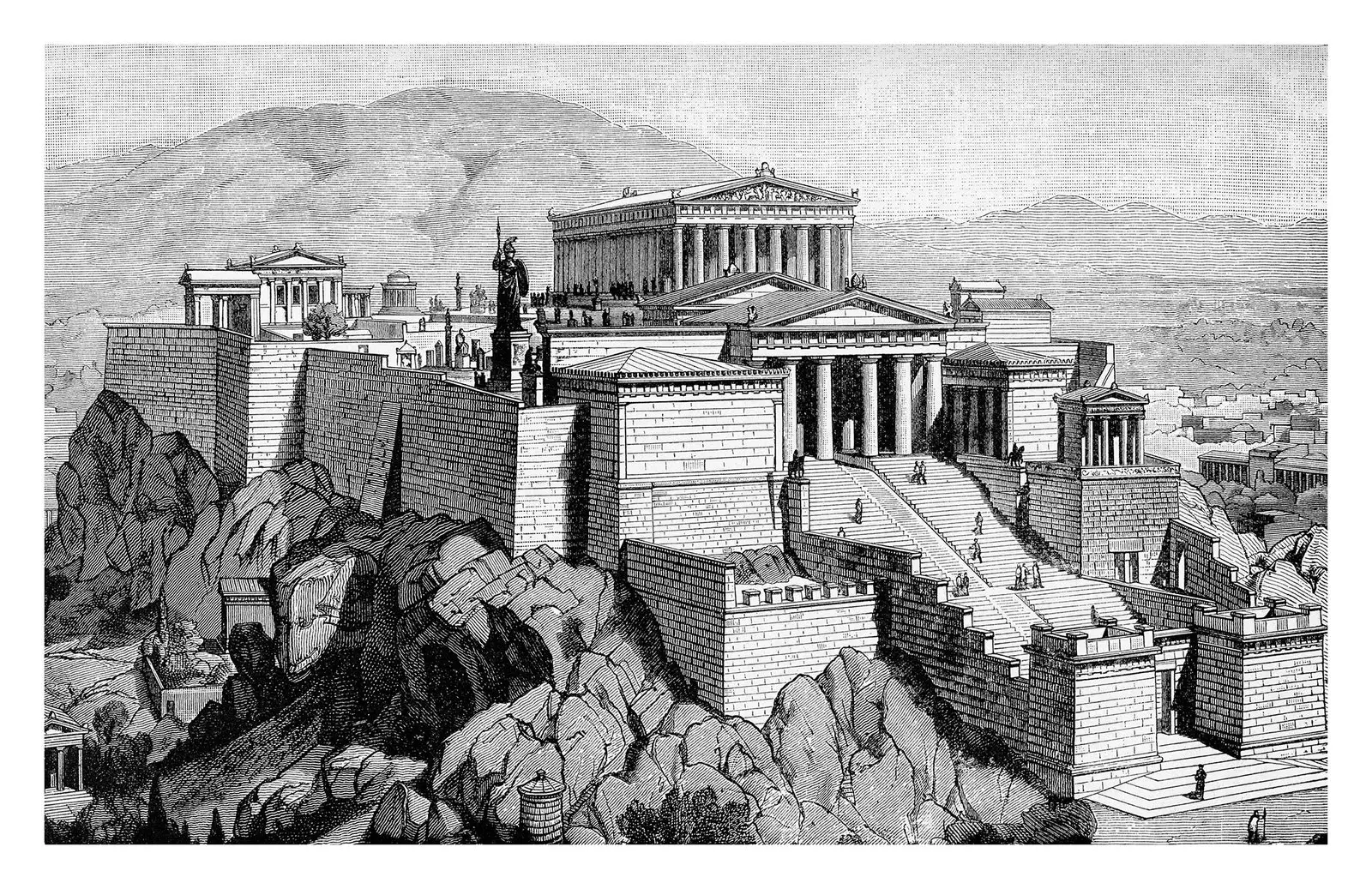
This is presumed to have been the Acropolis in all its splendor
ERECTHEION
To the left of the Parthenon, looking from the entrance to the Acropolis, is the Erechtheion , another temple, of smaller dimensions, whose different rooms were dedicated to various gods and personalities . The Erechtheion was an elegant marked Ionic order building . The beginning of its construction is not clear, two dates are still being considered: 431 BC , just before the outbreak of the Peloponnesian War, a clash between Athens and Sparta, and the 421, with the Peace of Nicias , a truce of that warlike conflict. This irregular-plan temple was completed in 406 BC, shortly before the defeat of the current Greek capital at the hands of the Spartans.
But why that name? It was given in honor of Erechtheus , a king of Athens according to Greek mythology. The monument has that particular shape because of the irregularity of the terrain and because it is made up of various shrines , that kept some of the oldest and most important relics for the Athenians.
But if the Erechtheum is famous for something, and we have deliberately left it for last, it is for the caryatids , the famous six woman-shaped columns supporting a temple porch . The Caryatids that you will see in the Erechtheum are replicas -five of the real ones are in the Acropolis Museum , the other in the british museum london - but it is a good idea that they placed them so that we can get a better idea of what the temple was like.
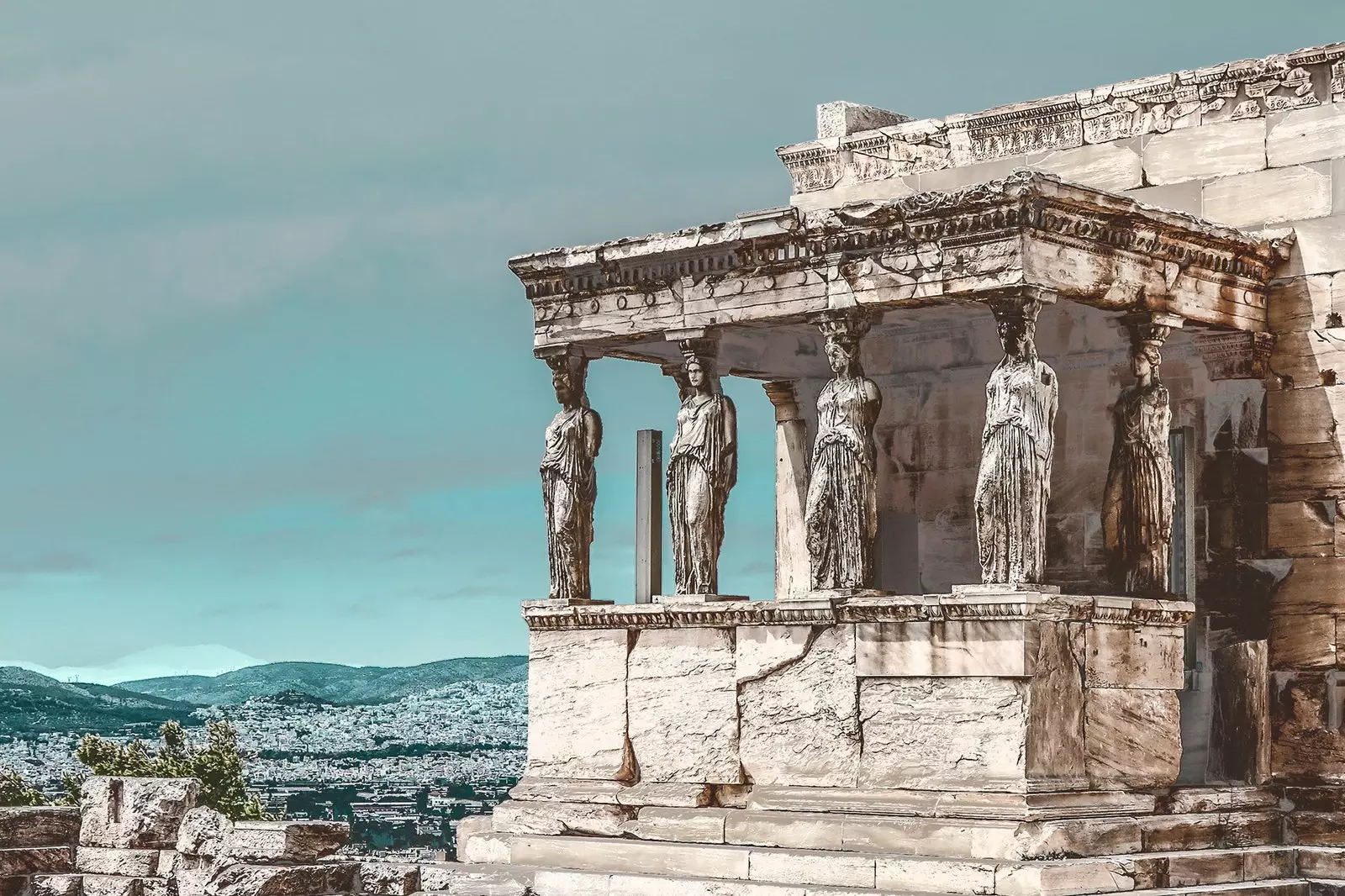
The original caryatids are in the Acropolis Museum (and one in the British Museum in London)
**PROPYLAIUM**
If it had already been amazing to see the Parthenon intact, we don't even want to imagine the Propylaea . As in the case of the acropolis, the propylaeums are not something exclusive to Athens, but are an architectural element present in many more places. They consist of a monumental entrance , with columns, to a building or enclosure, in this case to the upper city of the Greek capital. And even without being 100% preserved, the grandeur of the Propylaea of the Acropolis leaves you breathless.
this item It was built between 437 and 432 BC. . also by order of Pericles, replacing a previous propylaeum, but it was not completed due to the interruption of the works due to the outbreak of the Peloponnesian War (431-404 BC). The columns, Doric and Ionic order , supported a structure formed by a rectangular-shaped vestibule and two wings on the sides. The north wing was decorated with paintings, while the south wing led to the small temple of Athena Nike , which we will talk about next.
Like all the buildings on the Acropolis, the Propylaea had very different functions over the centuries, as the city of Athens has passed through many hands. This entry, for example, served as a Christian basilica or Florentine palace, among other uses.
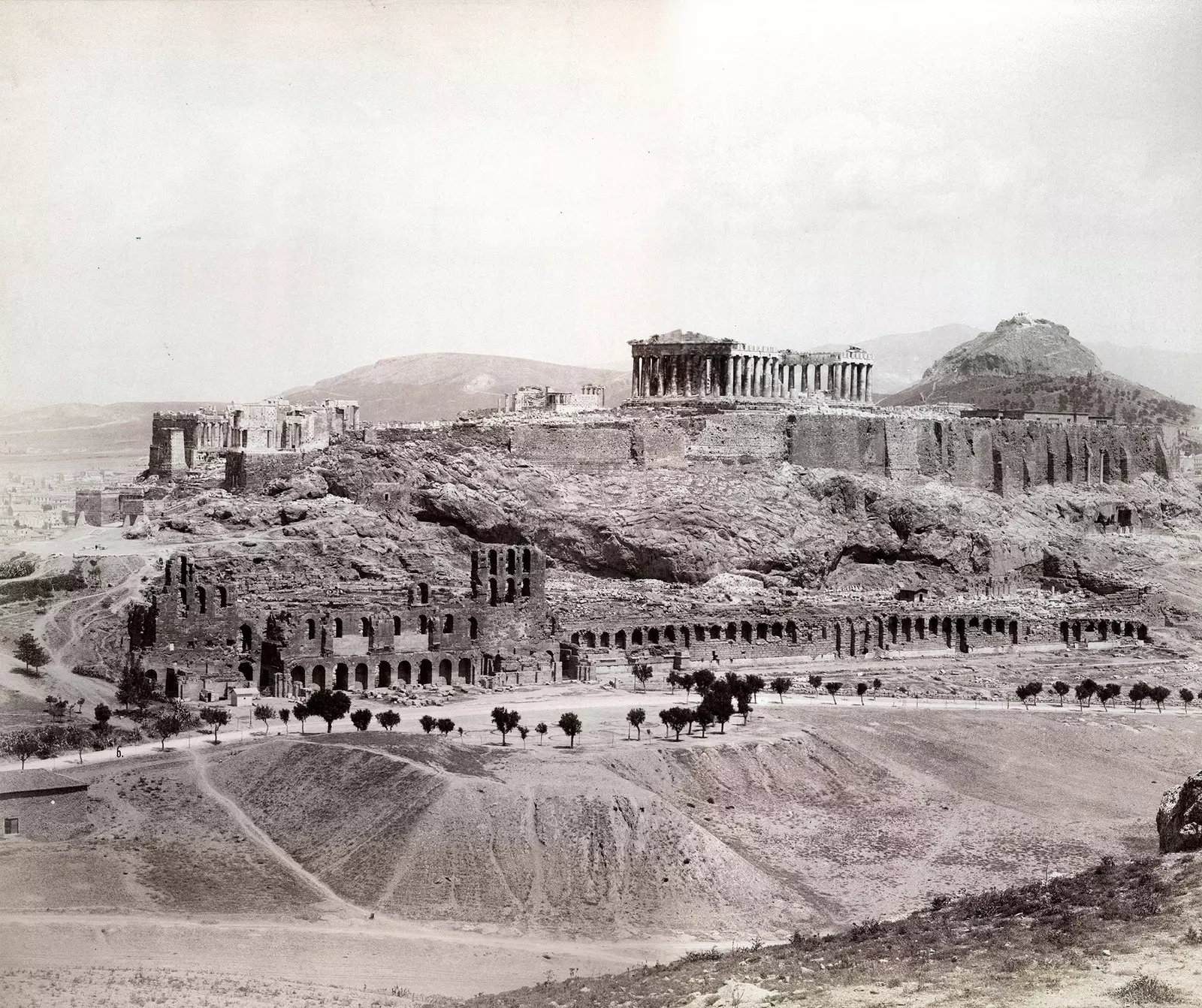
Photo of the Acropolis in 1880
TEMPLE OF ATHENA NIKE
This small place of worship dedicated, of course, to the goddess athena , it is maybe the best preserved building of those that make up the Acropolis . It is also one of the first to be seen, as it is located on the right side of the Propylaea, a discreet watchman of access to the enclosure.
This monument belongs to ionic order , has columns at the back and front and is believed to have been built between 427-424 B.C. to commemorate the triumph of the Greek city-states over the Persians in the battle of salamis (480 BC), key event of the second medical war.
Although the pediment facing the outside of the Acropolis is completely non-existent and of the one that gives to the interior we only see a half, and The monument is very recovered , so we can have a fairly rough idea of its initial structure.
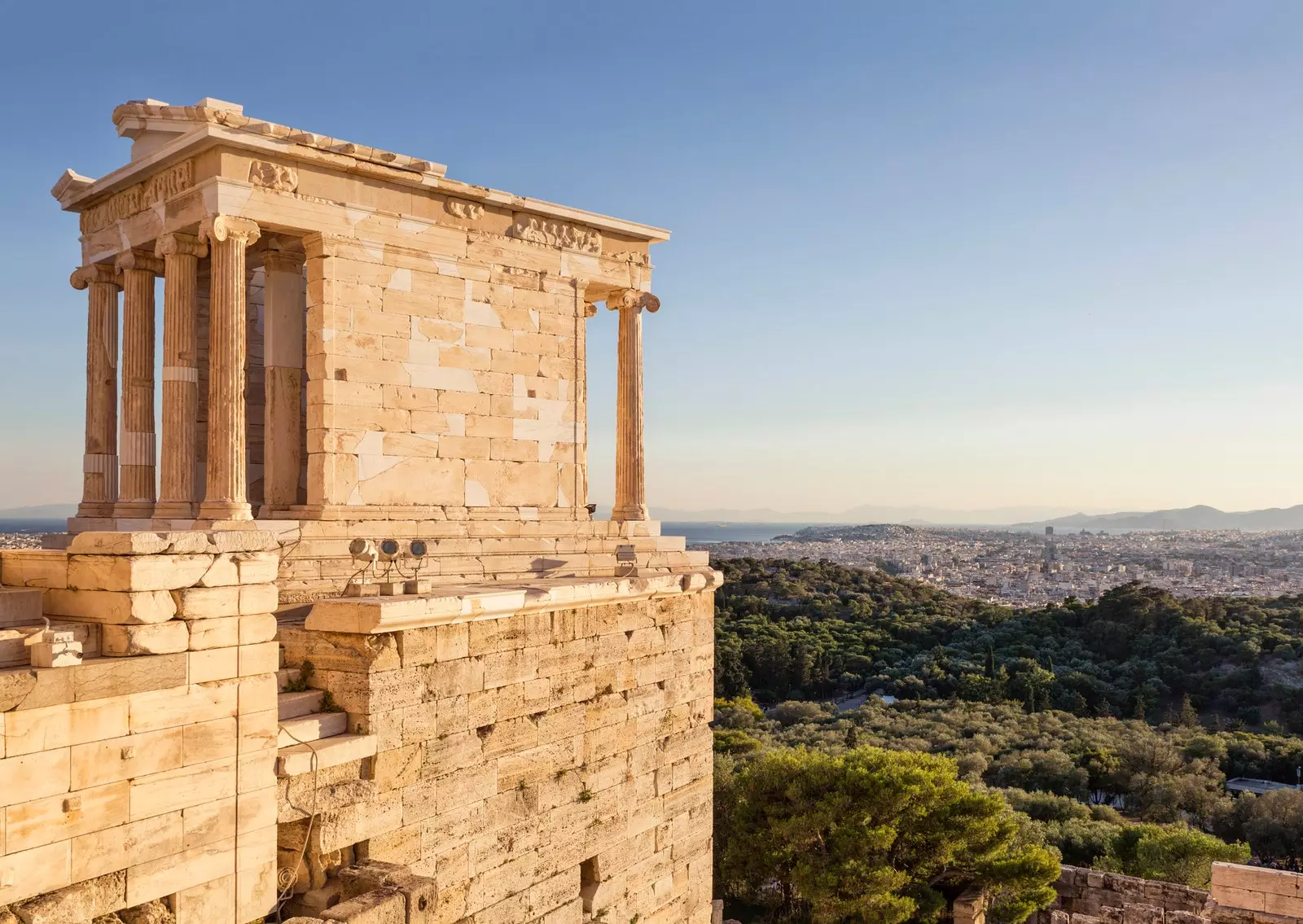
Temple of Athena Nike
THEATER OF DIONYSUS
As we said at the beginning, the ticket for the Acropolis also allows you walk its slopes , full of interesting things to see. Among caves and ruins of other buildings we find two elements that must stop.
The first of them is him Theater of Dionysus , of enormous dimensions at the time but of which very little remains standing today. "I wish I had gone to a performance in his time", is what everyone thinks when they settle into one of its marble seats . Although today only a few are visible meters of stands, the theater extended down the hillside almost to touch the walls of the Acropolis , reaching an estimated capacity of 17,000-19,000 spectators.
Today we can only imagine the tragedies and comedies that were represented here, although with luck you will be able to see some cats frolicking under the rays of the sun in the early hours of the morning. Now that is a show! And free!
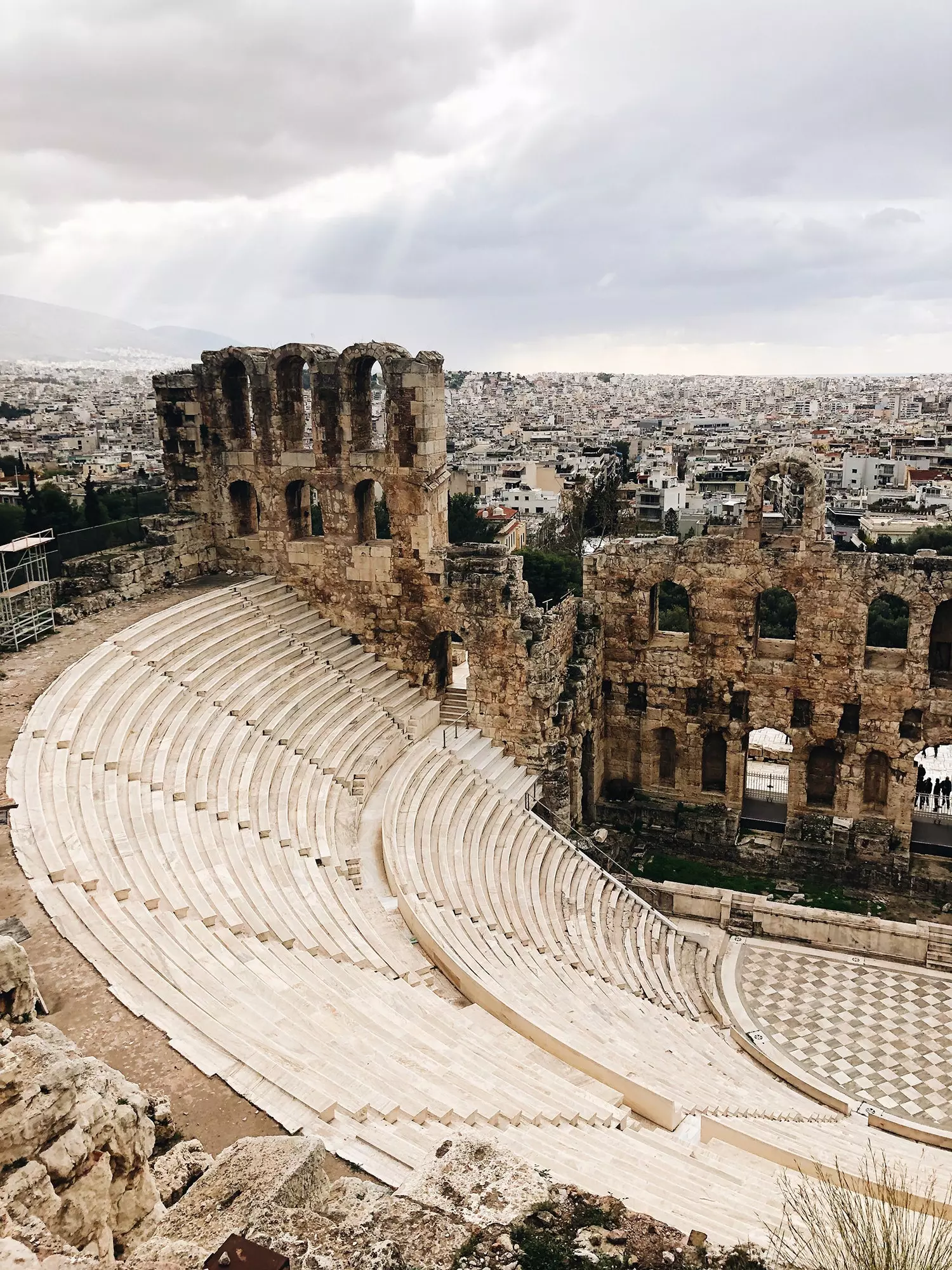
Theater of Dionysus
ODEON OF HEROD ATTICUS
And from one element practically in ruins to another in which the intense reconstruction work has left it practically new. The Odeon of Herodes Atticus is a building for Musical performances that he had built in marble, in the year 160 , a Roman ruler of that name in memory of his deceased wife.
Have a looks very much like a greek theater , but the Odeon of Herod had a cedar wood ceiling that has not survived to this day. With capacity for up to 6,000 spectators , the odeon returned to host musical and theatrical events from the 1930s and more regularly from 1957.
Today, concerts and festivals are still held inside. , so you can not access the interior just for a visit. The best views (and photos for Instagram, as we know each other) are from the top , where you can admire the complex in its entirety, although it is also possible to see it from below, once outside the Acropolis and its slopes.
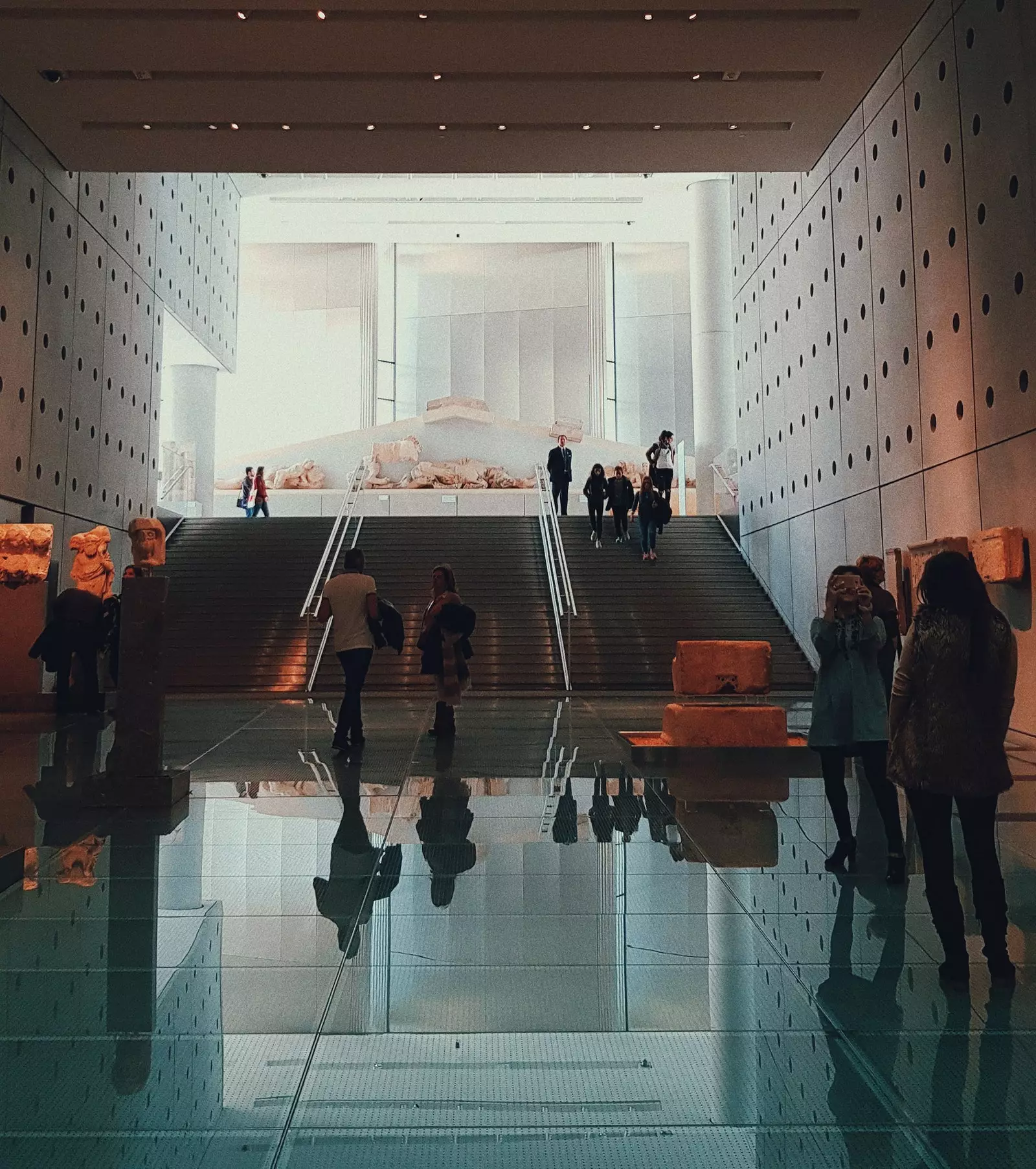
Inside the Acropolis Museum
